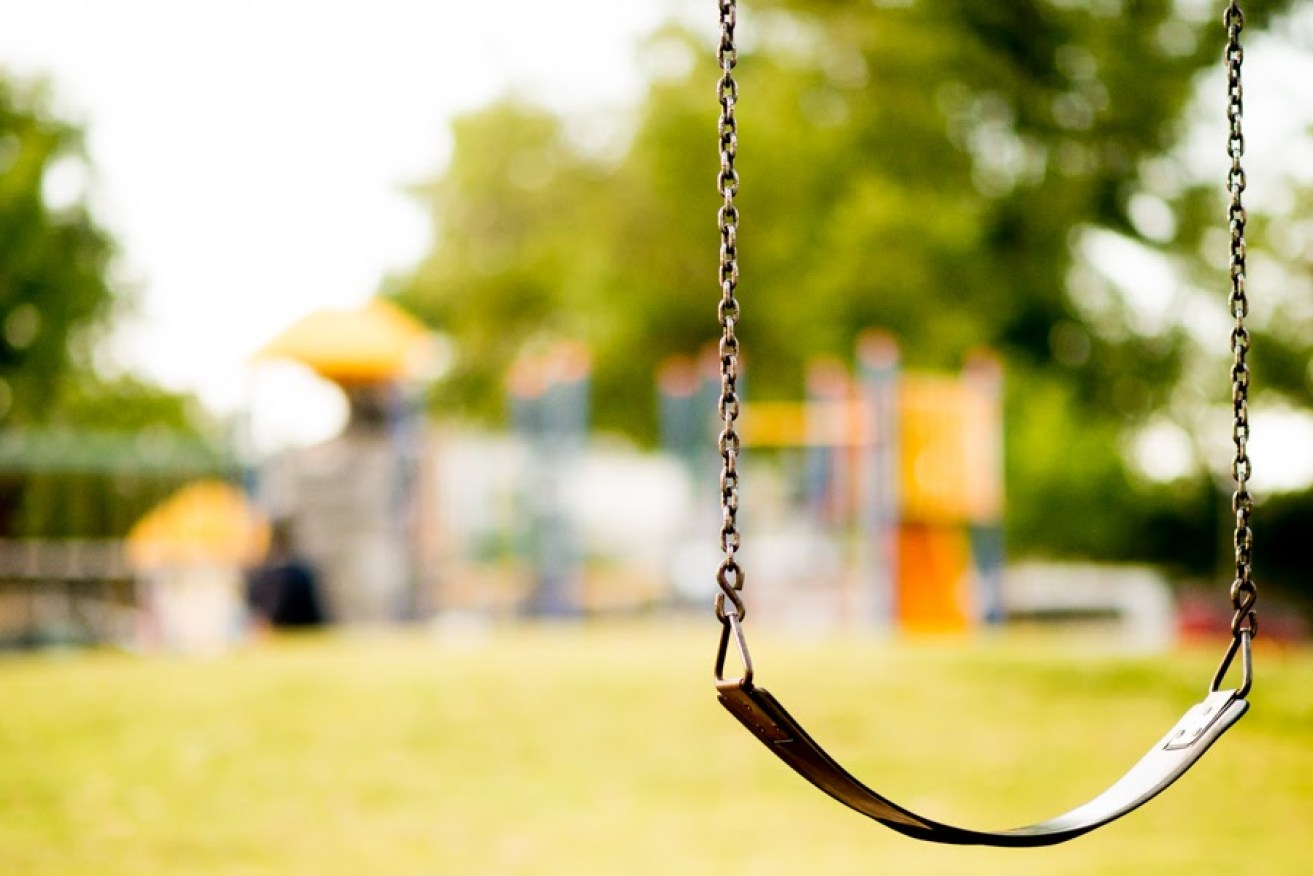SA cuts spending on child protection
The Child Protection Department has slashed the cost of caring for children by 12 per cent in the past year, with changes to where children are placed and contract reform credited for the savings.

Photo: Nat Rogers/InDaily
This year’s Auditor General’s annual report shows the average cost of care per child has dropped 12 per cent from $76,470 in 2017-18 to $67,130 in 2018-19.
It follows sustained criticism from advocates that the Child Protection Department has relied too heavily on placing children in costly out-of-home care rather than cheaper and more “therapeutic” family-based alternatives.
An analysis conducted last year by Guardian for Children and Young People Penny Wright found the state’s overall spend on out-of-home residential care was 91 per cent more than the national average.
But Child Protection Minister Rachel Sanderson said over the past year the Department had managed to decrease its reliance on costlier placement options.
“One of the reasons we have been able to reduce the average cost of care per child in South Australia is through increasing family-based care options compared to the more expensive and less desirable forms of out-of-home care such as residential and commercial care,” she said.
“There’s still a lot of work to do but it’s promising to see some positive results from the significant reforms that have already been implement.”
Data from the Child Protection Department shows in July this year, family-based care accounted for 86 per cent of all placements, compared to 85 per cent in 2018 and 83 per cent in 2017.
But in 2014 family-based care accounted for 87 per cent of all placements, which is higher than it is currently.
In comparison, costlier residential care accounted for 10 per cent of all placements in July this year, compared to 11 per cent in 2018 and 11 per cent in 2018.
In 2014, residential care accounted for 9.7 per cent of all placements, which is lower than it is currently.
Child Protection Department deputy chief executive Fiona Ward said the decrease in family-based care placements and the increase in residential care placements when compared to the 2014 figures could be explained by the rise in the number of children in care.
She said her department had managed to increase family-based placements by introducing new incentives to encourage service providers to exceed their funding targets for foster care placements.
“For the majority of children and young people requiring out-of-home care, family based placements are generally considered the most appropriate care setting and are most likely to provide ongoing stability and lead to permanency options,” she said.
The Government has also introduced recruitment strategies to increase the number of foster carers in South Australia.
“Whilst children continue to come into care and whilst we have children in residential care, I remain committed to continuing to recruit foster carers,” Sanderson said.
But opposition child protection spokesperson Jayne Stinson said spending less per child “is not necessarily a good thing”.
She said the Department had recently cut back on its exception resource funding to foster and kinship carers, as well as other allowances.
“They’ve adopted a policy of austerity, that’s where the savings have come from in my view,” she said.
“We’ve now got an increasing number of children in care – over 4000. That’s nothing to be celebrated.”
Want to comment?
Send us an email, making it clear which story you’re commenting on and including your full name (required for publication) and phone number (only for verification purposes). Please put “Reader views” in the subject.
We’ll publish the best comments in a regular “Reader Views” post. Your comments can be brief, or we can accept up to 350 words, or thereabouts.
InDaily has changed the way we receive comments. Go here for an explanation.




